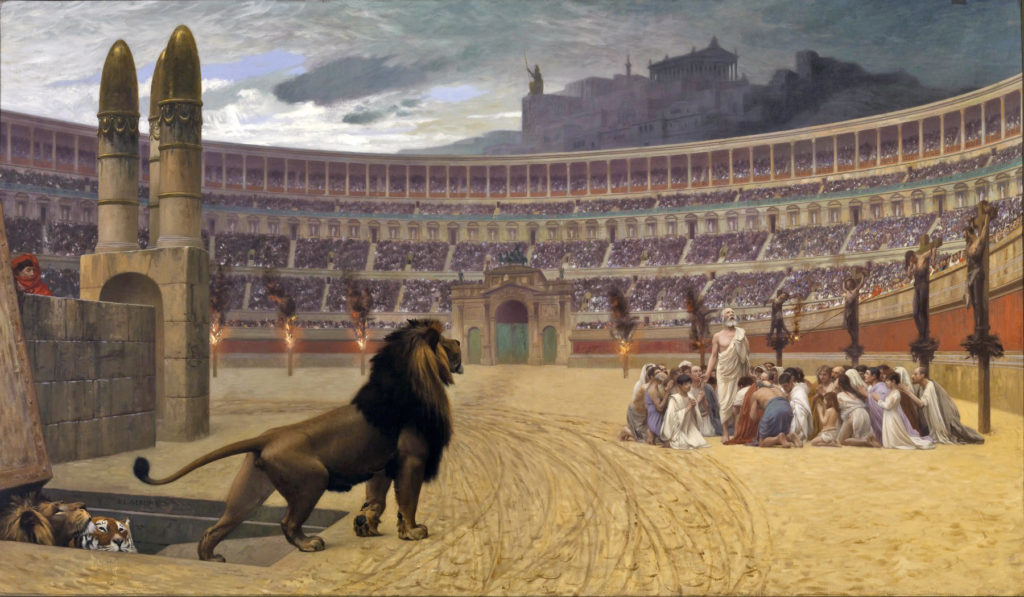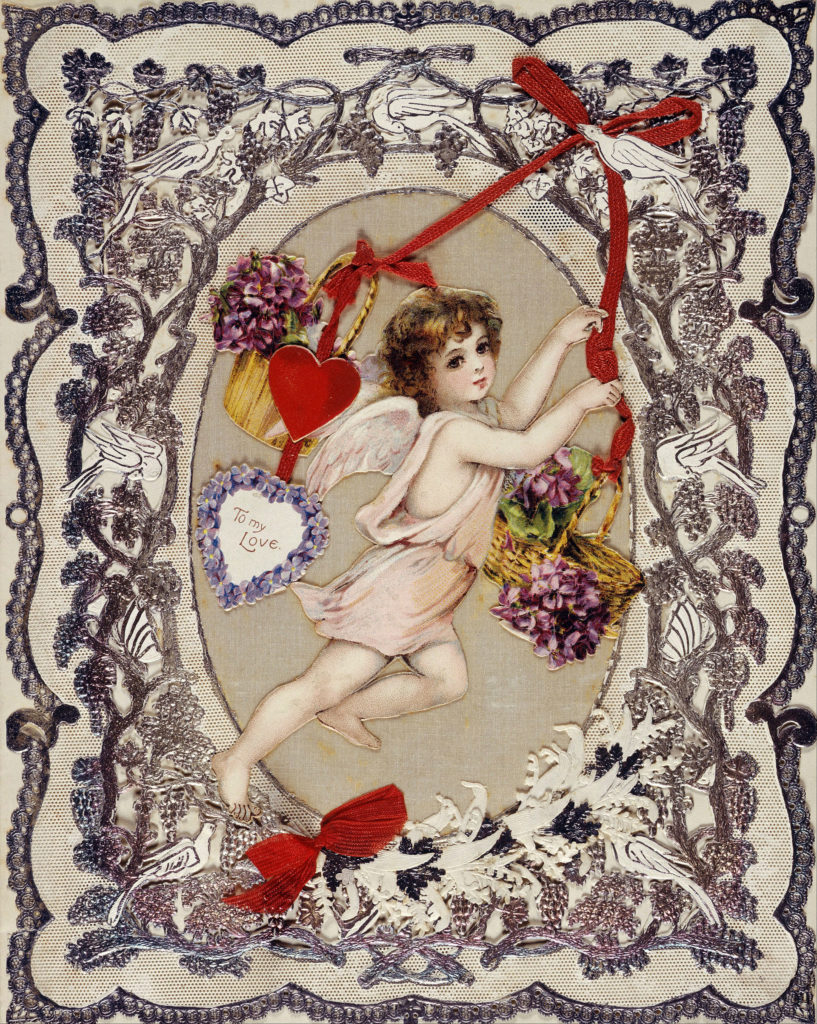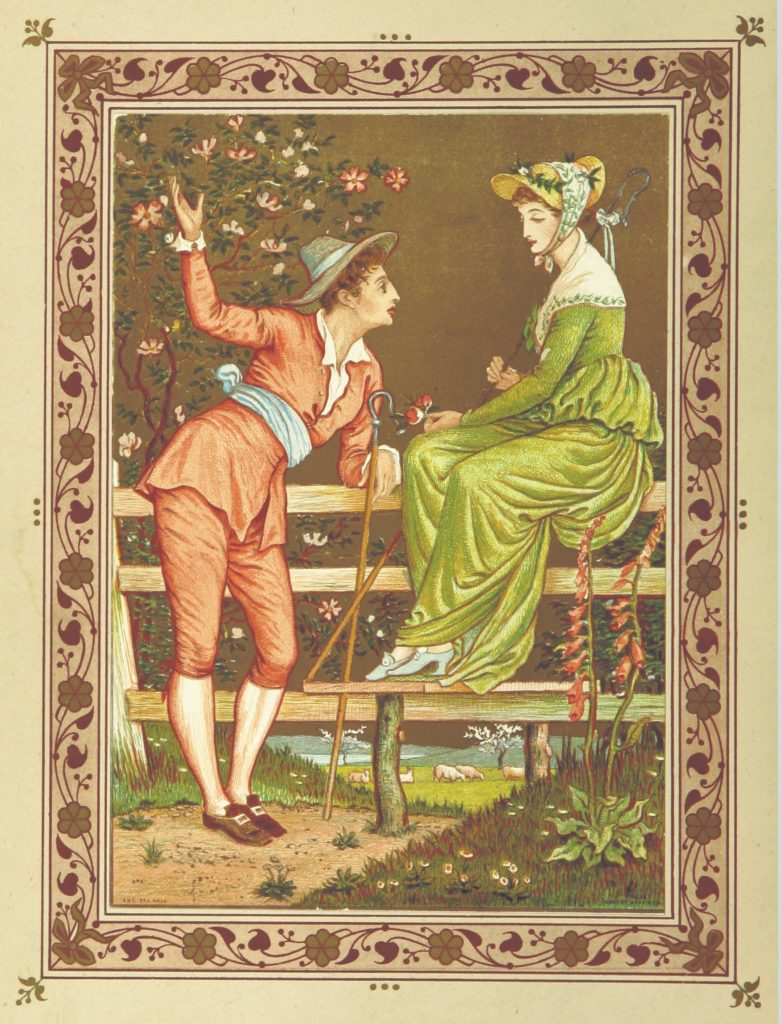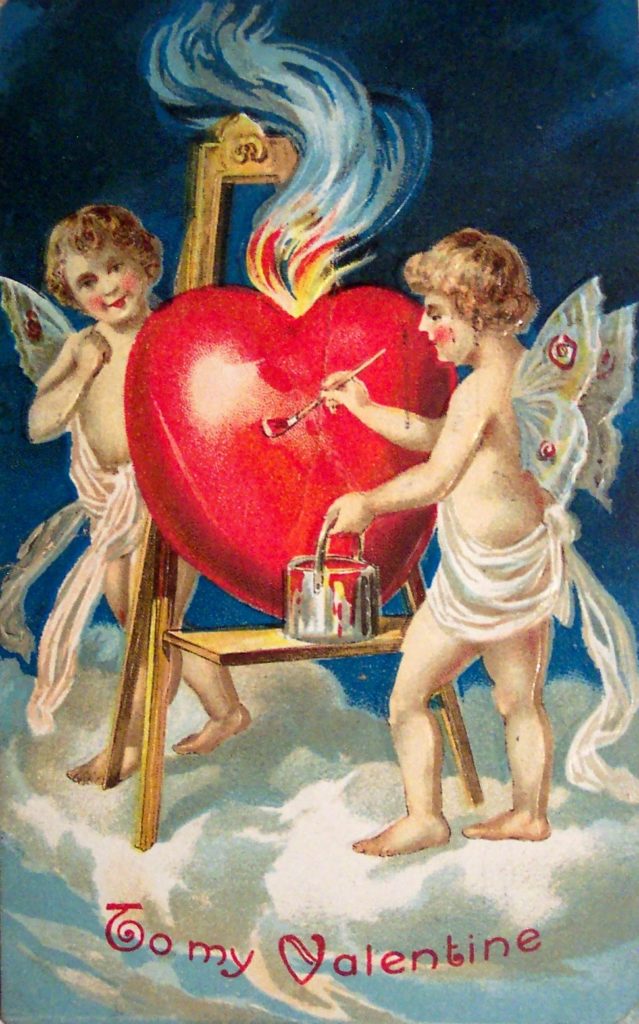Love & Loathing On Valentine’s Day

If you are less than enthusiastic about Valentine’s Day, you are not alone. There are plenty of people around the world who are either skeptical about the occasion, or who loathe, despise and reject it with abandon. The UK edition of Cosmopolitan magazine even postulated:
“Let’s start with the obvious. It’s a grotesque consumerist holiday designed to make people feel awful. Whether you’re dating someone or you’re not.”
(Cosmopolitan Magazine, UK)
Of course, the irony here is that lifestyle magazines like Cosmopolitan capitalize on perpetuating the myth of the perfect life, the perfect relationship, the perfect everything. If your life circumstances aren’t what you see in these magazines, if you don’t look and dress like the models and featured celebrities, you are supposed to feel less than adequate. Because the implied message is that buying what you see in the ads will make you look better, lose weight, be healthier, be more attractive, feel better and be better. In a way, this is an industry and a marketing machine built on making people feel bad about themselves, then offering them a way out: pay up. In order to feel closer to the glorified and idealized image, you must fork over money.
And Valentine’s Day is part of this clever scheme. In the UK, £1.3 billion is spent yearly on cards, flowers, chocolates, and other gifts. But the spending champion is the U.S.A. (who else), where Valentine’s Day expenses reached a whopping $23.9 billion in 2022, or over $175 per person.
Every celebratory day needs a good origin story to seem authentic. But Valentine’s Day? It’s contrived – a figment of fiction. One folk story holds that it goes back to the imprisonment of Saint Valentine of Rome for ministering to Christians persecuted under the Roman Empire in the 3rd Century AD.

But it gets confusing quickly. All we know for sure was that a “Feast of Saint Valentine” was established by Pope Gelasius 496 AD, to be celebrated on February 14 – more than 200 years after Saint Valentine of Rome supposedly died in 269 AD. Of course, Valentine (or rather, “Valentinus”, derived from valens – worthy, strong, powerful) was a rather common name, and there were many other prominent Christian martyrs by that name. For instance, Valentine of Terni, who became bishop of Interamna (now Terni, in central Italy) and is said to have been martyred during the persecution under Emperor Aurelian in 273.
All in all, about eleven other saints having the name Valentine are commemorated in the Roman Catholic Church. Some Eastern Churches of the Western rite may provide still other different lists of Saint Valentines.

The same confusion and lack of evidence goes for the often claimed origins of Valentine’s Day in a number of Greco-Roman festivals celebrating love and fertility, such as the Roman Lupercalia festival. Which, by the way, must have been fun:
“And many of the noble youths and of the magistrates run up and down through the city naked, for sport and laughter striking those they meet with shaggy thongs. And many women of rank also purposely get in their way, and like children at school present their hands to be struck, believing that the pregnant will thus be helped in delivery, and the barren to pregnancy.”
(Plutarch: Life of Cesar)
Authentic historical records are scarce and fragmented, if they exist at all. To make it short: we really know nothing of substance about how and where Valentine’s Day originated, and how it became associated with romantic love (one of several types of love delineated by the Greeks and Romans).
The first recorded association of Valentine’s Day with romantic love is believed to be in the Parliament of Fowls (1382) by Geoffrey Chaucer, a dream vision portraying a parliament for birds to choose their mates. But it isn’t clear whom Chaucer meant by “Volantynys day”. Maybe St. Valentine of Genoa, an early bishop of Genoa who died around AD 307, and whose dedicated day was May 3?

Whoever it was, Chaucer touched off the oldest known Valentine’s Day tradition: writing poetry. From Charles, Duke of Orléans, to John Donne, to William Shakespeare, to these lines:
She bath’d with roses red, and violets blew,
(Edmund Spenser, from: The Faerie Queene, 1590)
And all the sweetest flowers, that in the forrest grew.
In Victorian England, exchanging poetry was as popular as posting on social media is today. Nearly everyone either wrote, read, learned or recited poems. While the expression of personal feelings in public life was frowned upon, writing verses to or about a love interest, or perhaps just a friend, was not only perfectly acceptable, but also eagerly practiced. Poems were shared by personal recitals or (by those who could both read and write) in handwritten notes. These often came accompanied by embellishments and handiwork consisting of decorative lace, ribbons, drawings and paintings.

Before 1810, the majority of Valentine’s cards were still hand made by the giver, but advances in printing methods and the booming market soon created a new industry: the commercially printed card.



By 1835, 60,000 Valentine’s cards were mailed in the United Kingdom, even though postage was quite expensive. Today, the U.S. Greeting Card Association estimates that approximately 190 million Valentine’s cards are sent each year in the United States.
So there you have it. If you want to celebrate Valentine’s Day in the traditional way, write some poetry on nicely decorated paper. If you can’t write, the book The Young Man’s Valentine Writer (published in Britain in 1797) might help you out.
But whatever you do – don’t feel pressured into spending money on something that makes no one happy. And don’t feel inadequate or “missing something” if you choose not to participate at all. You’ll live, and the sun will still rise tomorrow.
Reinhard Kargl is a journalist and media professional. He usually writes about science and technology.







